How does the new Puget Mobile 17″ compare to the top-end M3 Max MacBook Pro 16″ in performance for content creation?
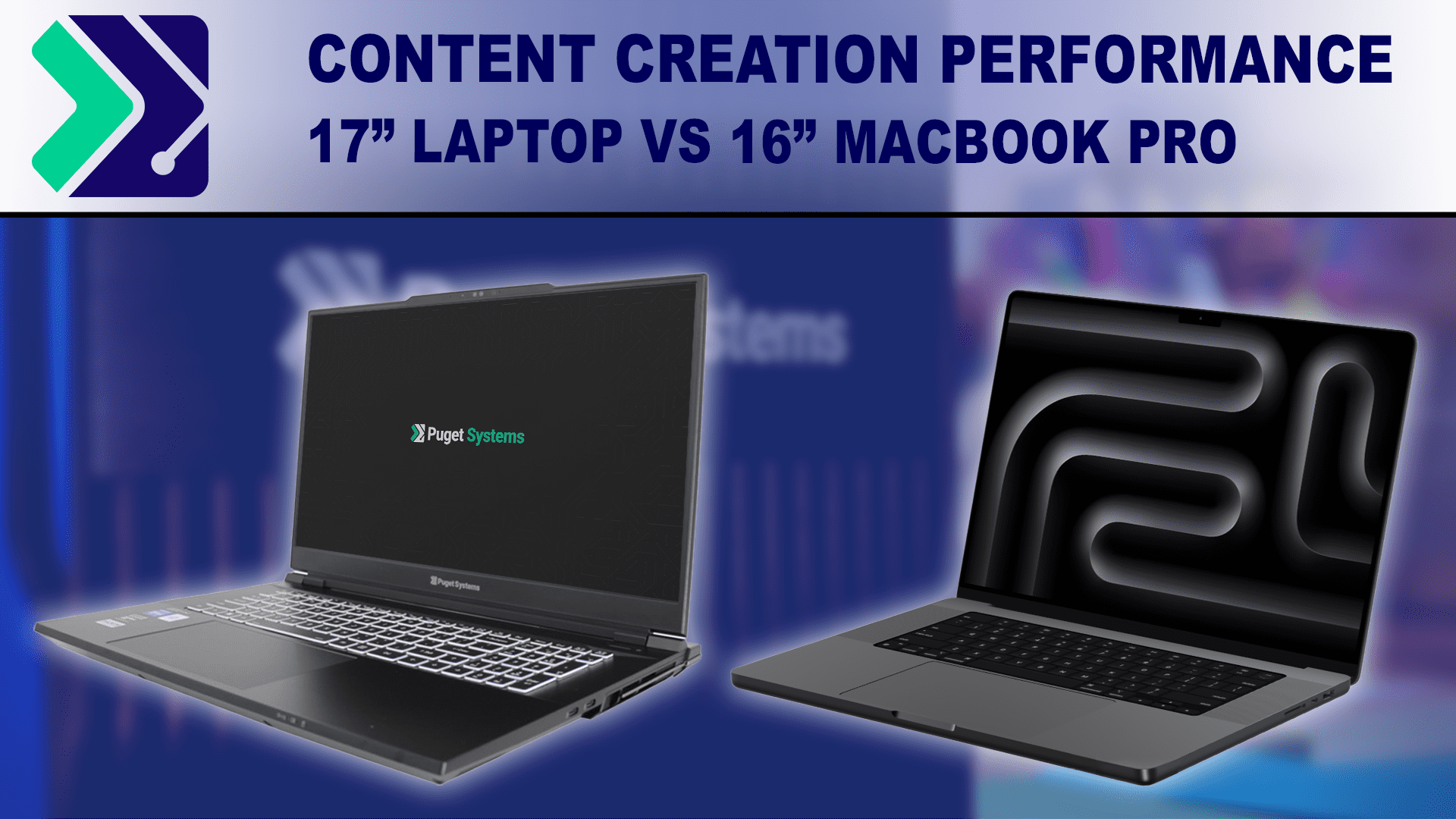

How does the new Puget Mobile 17″ compare to the top-end M3 Max MacBook Pro 16″ in performance for content creation?
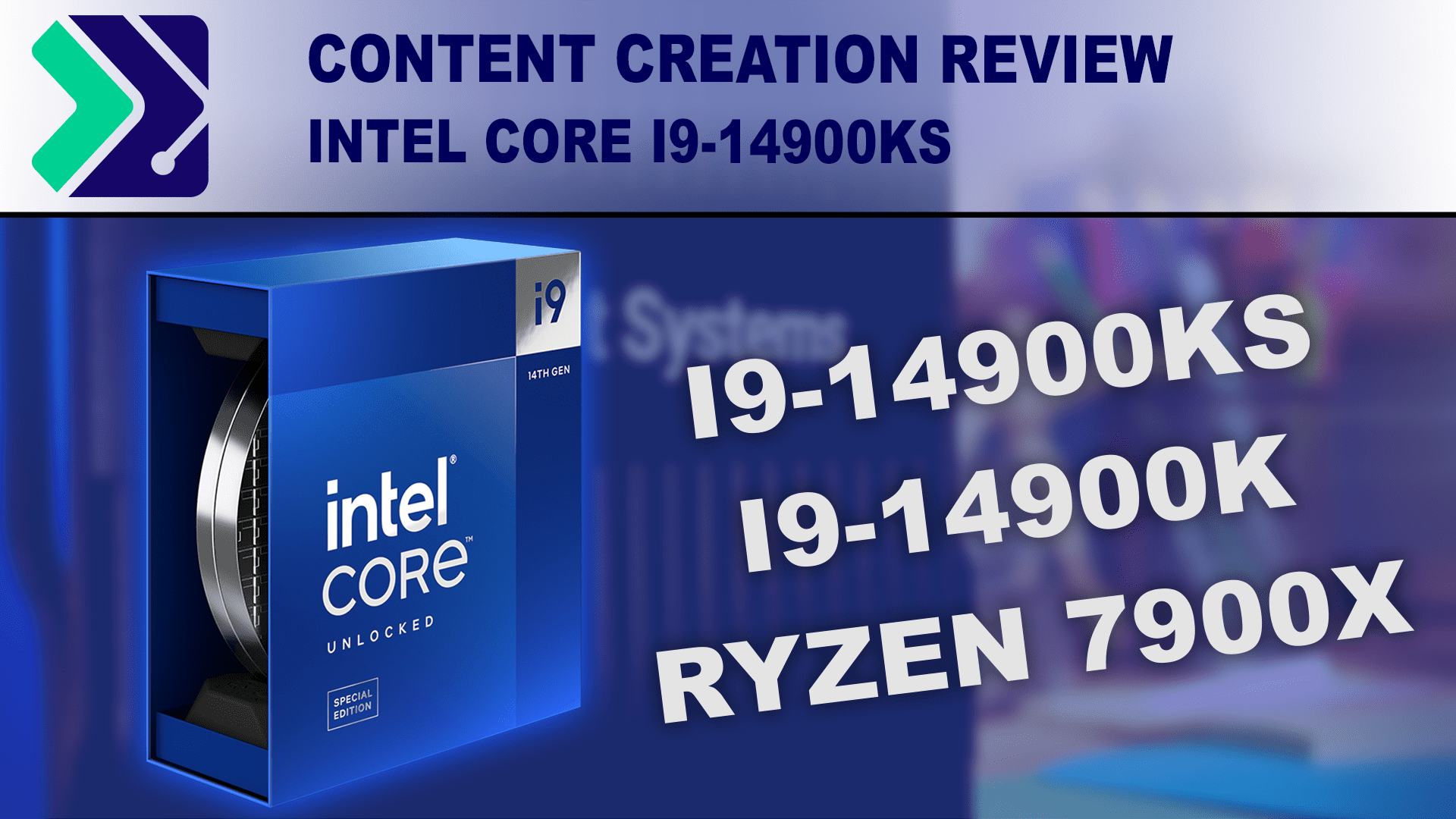
The Intel i9-14900KS is a small top-end refresh on the 14900K targeted at enthusiasts. How much performance does the higher base TDP and boost clock gain?
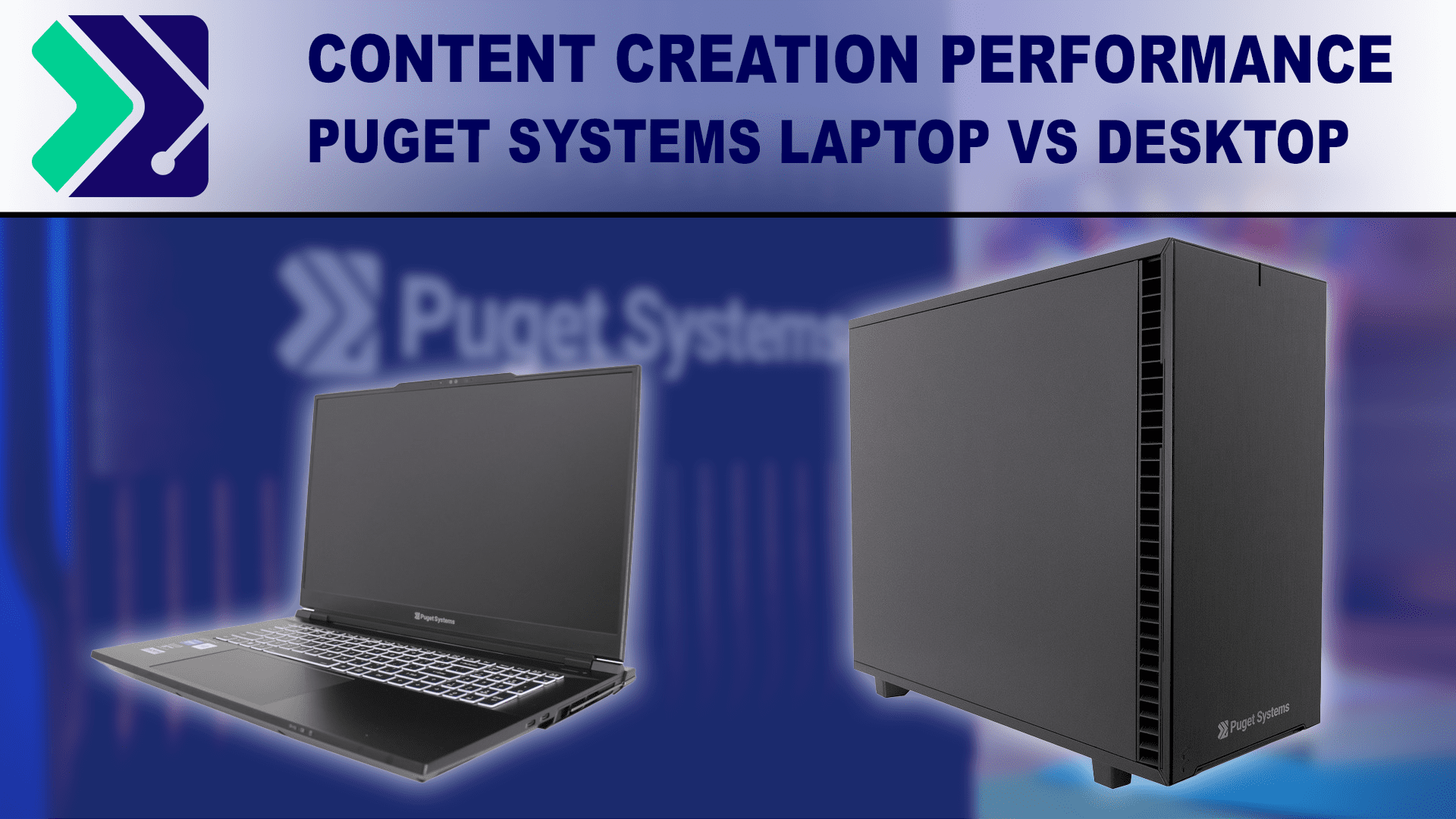
With the launch of the new Puget Systems 17″ laptop, there are a lot of performance questions we want to address. Today, we will be examining the performance of this new mobile workstation compared to a more traditional desktop.
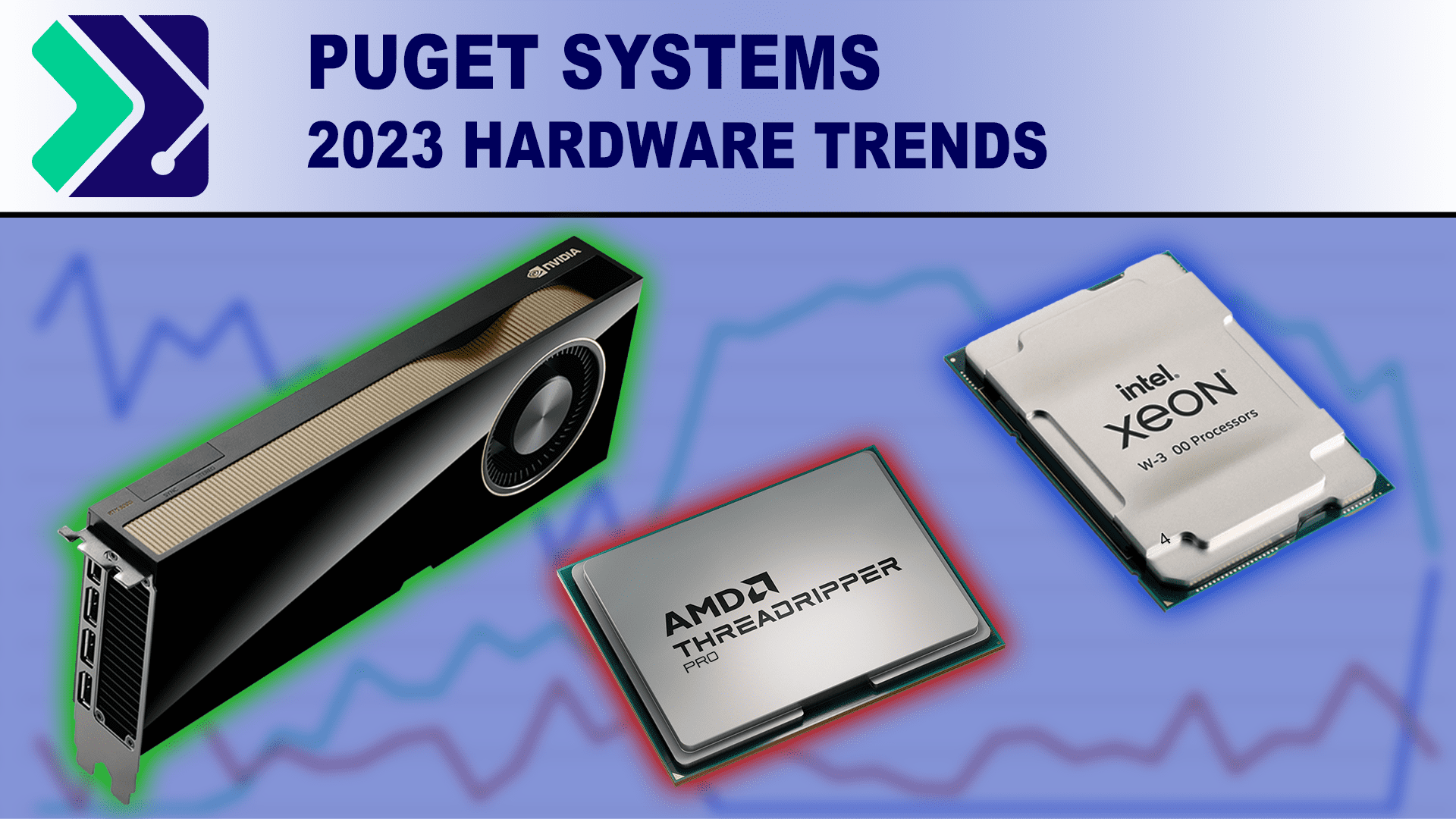
With 2023 at a close, we wanted to look back at the sales trends we saw for CPU, GPU, storage, and OS.
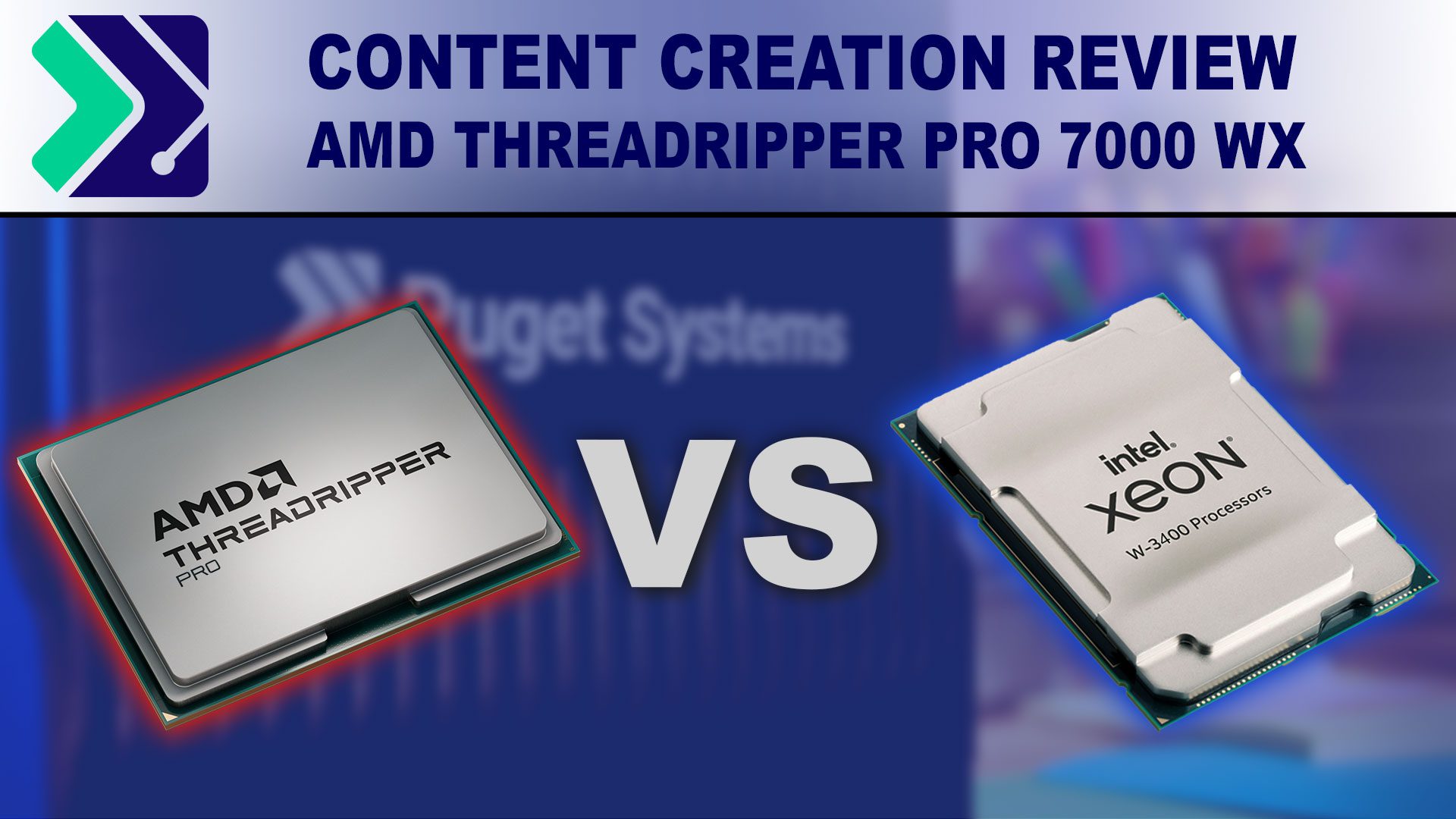
AMD has launched their new Threadripper PRO 7000 WX-series of processors, offering substantial performance improvements across the board. But, exactly how do they compare to Intel’s Xeon W-3400 line?
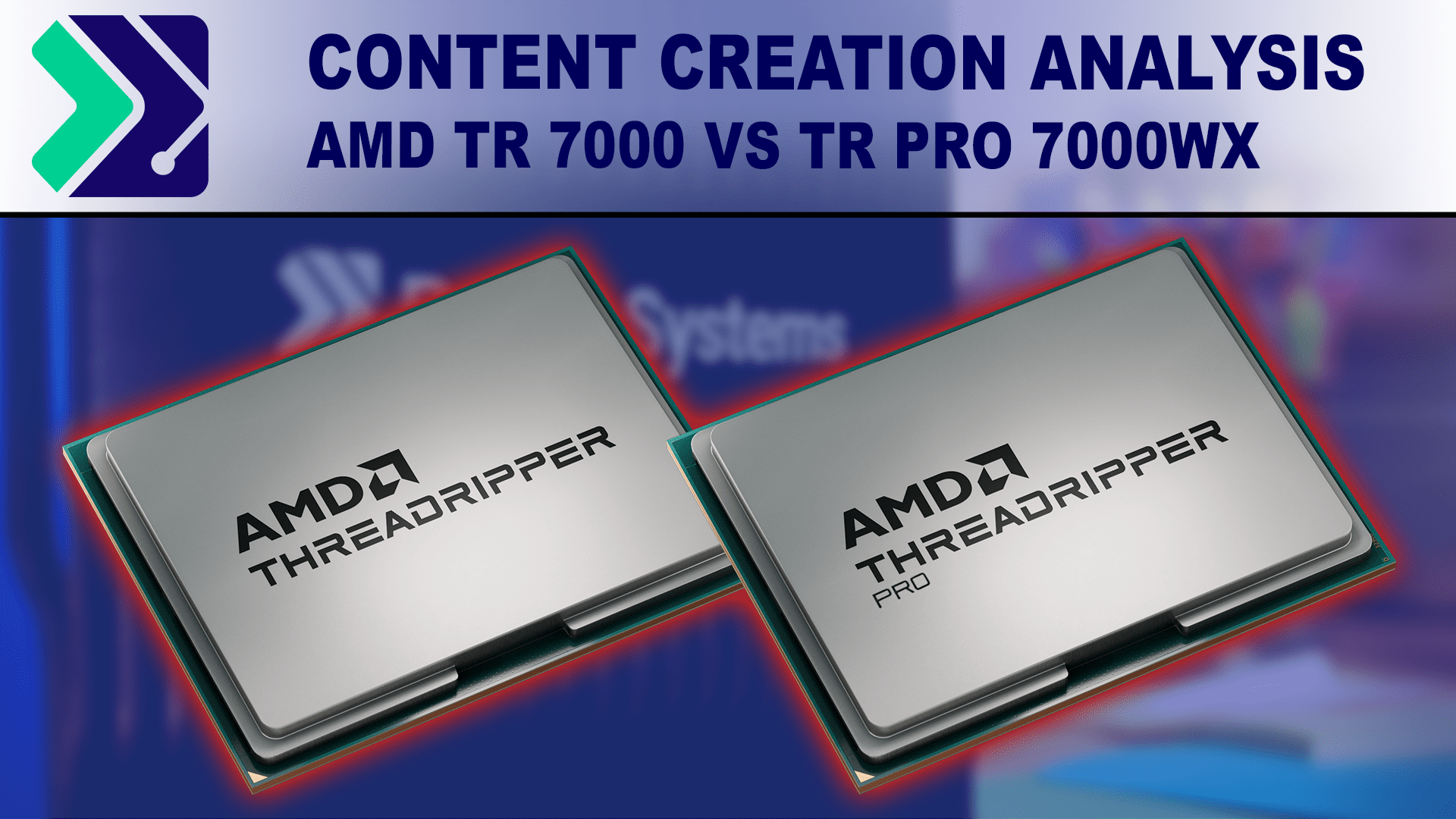
With their latest “7000” series of processors, AMD has split their high re-count CPUs into two separate product families: the AMD Threadripper 7000 Series, and the even higher tier AMD Threadripper PRO 7000 WX-Series. But when is it worth it to invest in the PRO line for different content creation workflows?
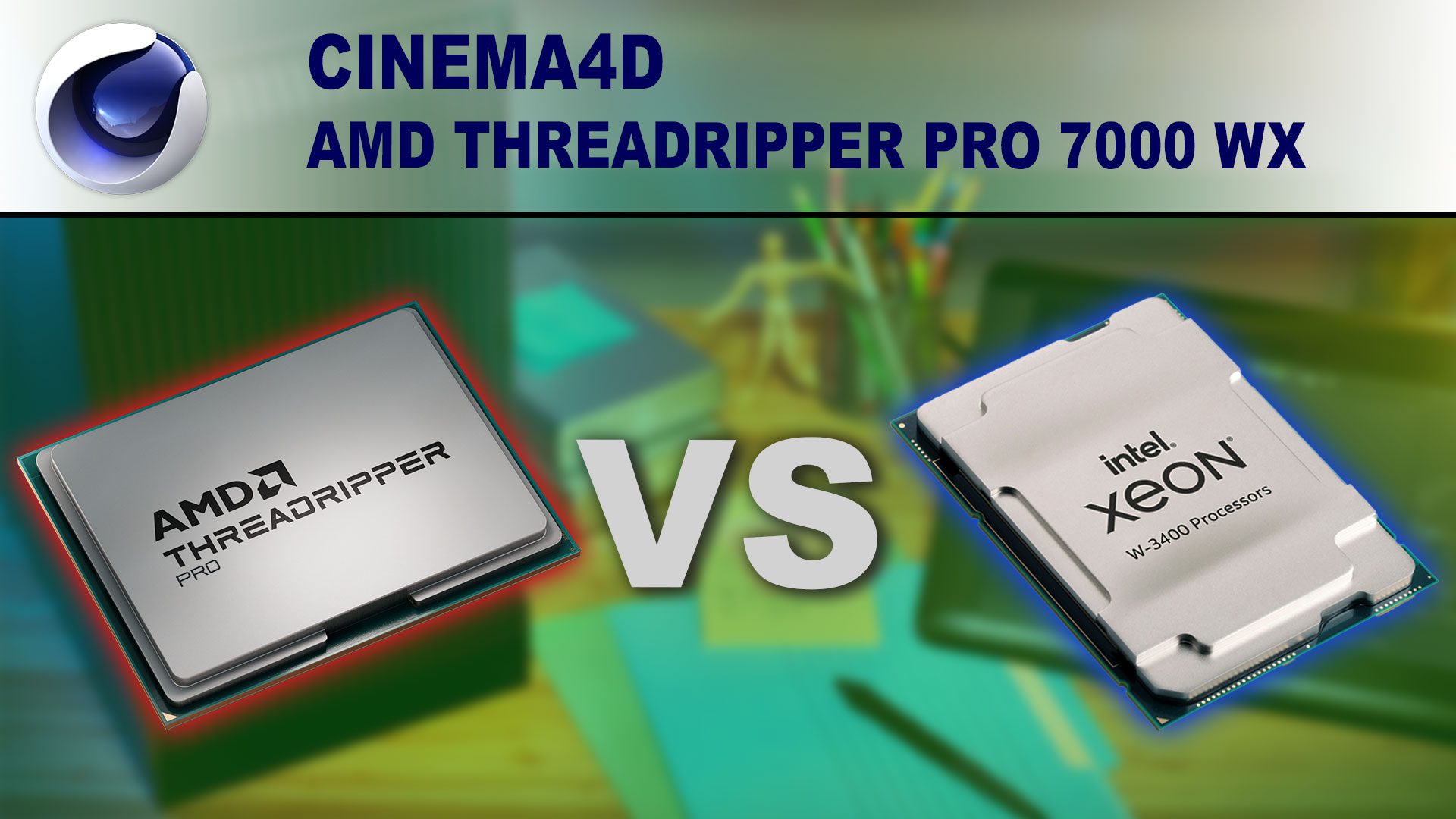
AMD’s new Threadripper 7000 WX-Series processors have upgraded to DDR5, and introduced architectural changes. But how do these new CPUs perform in Unreal Engine compared to the previous generation Threadripper Pro 5000 WX-series and Intel’s Xeon W line?
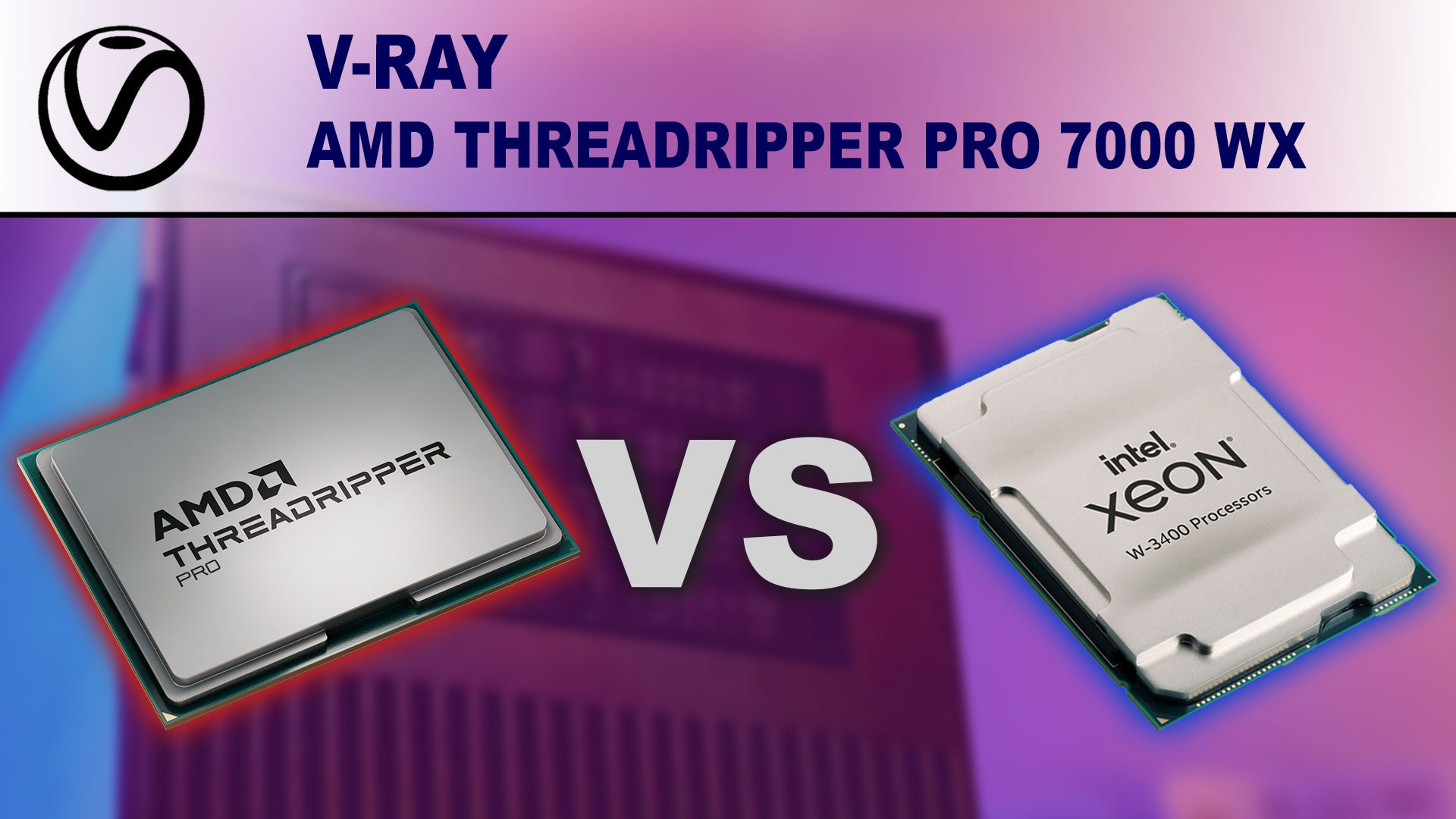
AMD’s latest Threadripper 7000 WX-Series processors have transitioned to DDR5 and implemented architectural enhancements. However, their performance in V-Ray, in contrast to the earlier Threadripper Pro 5000 WX-series and Intel’s Xeon W line, remains a crucial consideration.
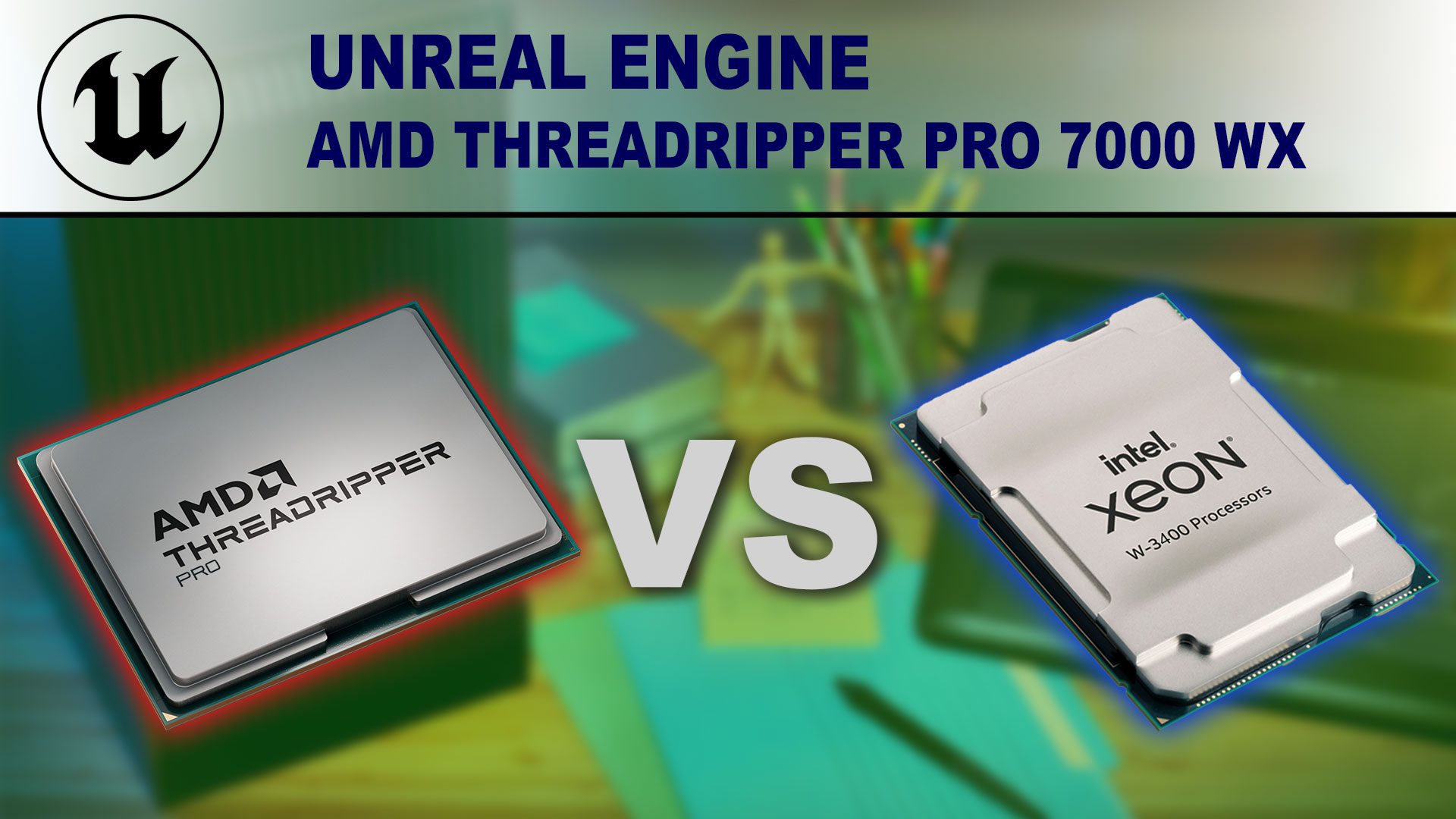
AMD’s new Threadripper 7000 WX-Series processors have upgraded to DDR5, and introduced architectural changes. But how do these new CPUs perform in Unreal Engine compared to the previous generation Threadripper Pro 5000 WX-series and Intel’s Xeon W line?
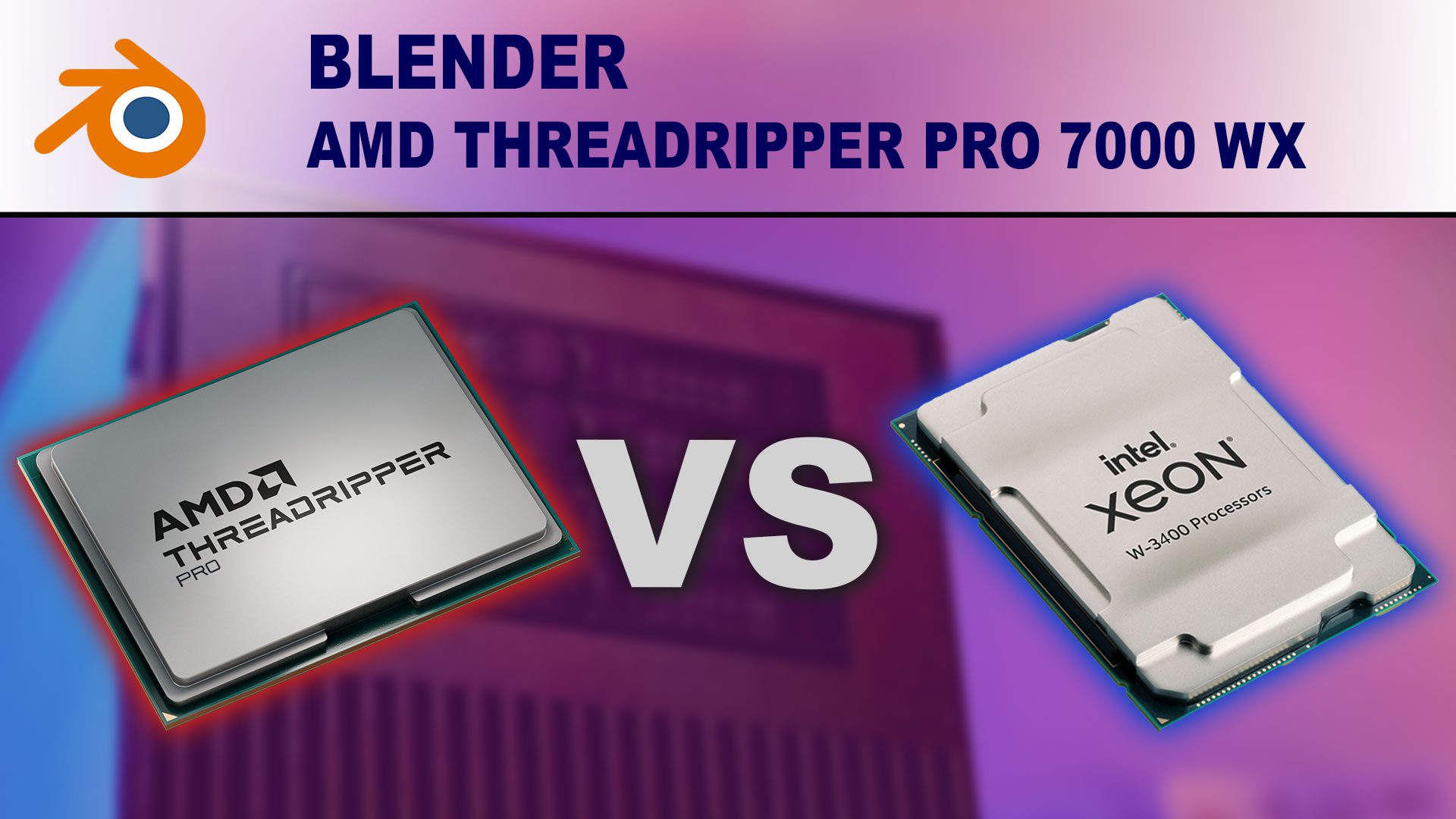
With the adoption of DDR5 and the introduction of architectural improvements, AMD’s latest Threadripper 7000 WX-Series processors we look into their performance in Blender and compare against the prior Threadripper Pro 5000 WX-series and Intel’s Xeon W line.